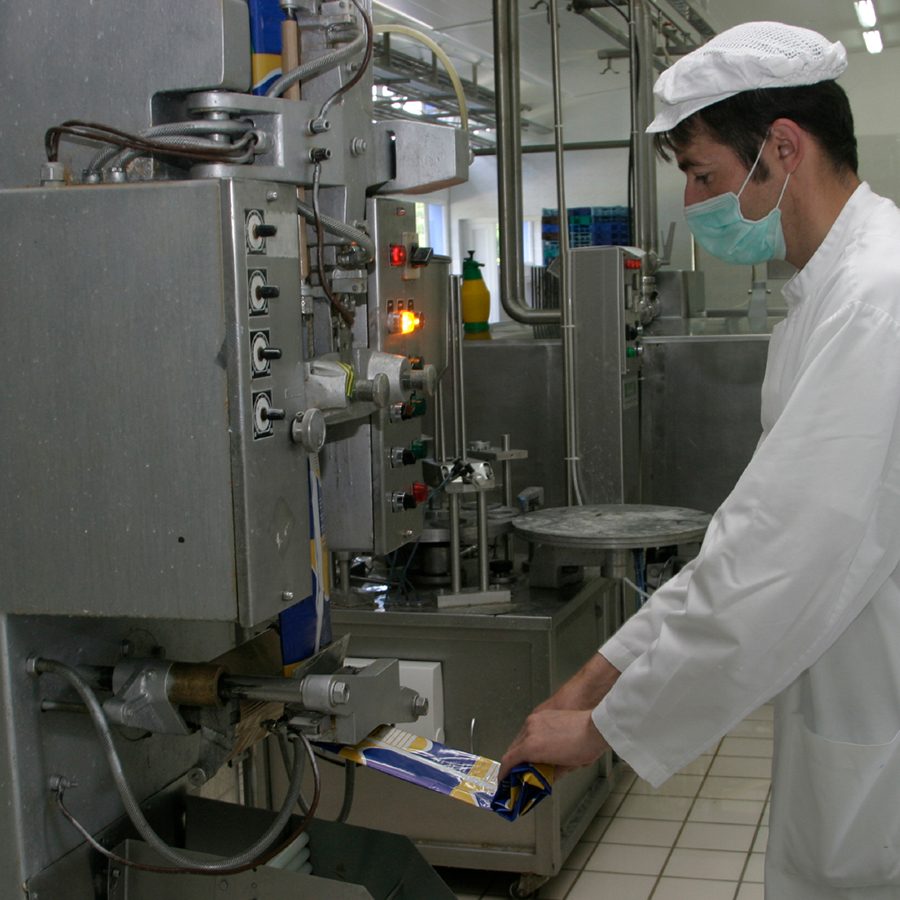Even if your facility schedules and successfully manages temporary shutdowns for the holidays, or for line changeovers, coming back online after these unplanned, government-ordered shutdowns will be a different kind of challenge. It will be a lot more complicated than giving your team a pep talk, flipping a switch and going back to business as usual, as seductive as that scenario feels.
A successful restart will require every department to work together, accept a higher level of uncertainty, and be ready to make adjustments as needed. The information being gathered to make decisions will be constantly evolving, which makes frequent conversations and updates between teams more critical.
What you need most right now are effective leaders across all of your business functions—demand, supply, operations, maintenance, and human capital—who can work quickly and collaboratively to size up the current situation and determine how all the puzzle pieces fit together. In a crisis situation you might be surprised by some of the people who step up to the challenge.
Here are some key steps each functional area of your business can take to paint the picture and get your plants safely back up and running:
Human Resources, Environment, Health and Safety
Before people can come back to work safely, many new social distancing processes will need to be put into place and clearly communicated with everyone. Your environmental, health, safety, and human resources professionals can help to:
- Establish, communicate and implement new health and safety policies. This is obvious but new procedures will be required to meet emerging local and state guidelines, along with any new OSHA requirements. These will include health screening at facility entrances, mask and glove usage, sanitation for both workspaces and break areas, and breakroom social distancing. Absenteeism rules may also need to be updated to keep anyone who becomes sick at home and support the health of all employees.
- Conduct a safety walk around to make sure the workplaces are ready. Place taped lines around the plant where necessary to show what six feet social distance looks like. Make sure PPE is clean and readily available. Double check fire extinguishers, eye wash stations and safety barriers.
- Prepare to help employees adjust to being back at work. Many people have been away for more than a month. They will need time to adjust to new workday routines. Helping employees become productive in the new environment is going to take some time, find ways to accelerate and support the process.
Maintenance Team
How smoothly a factory restarts will depend to a great extent on how carefully it was shutdown. Before flipping the switch on any piece of equipment, your maintenance team will need to thoroughly assess its status. Faulty startup procedures following lockdown are being blamed for a gas leak at a plastics plant in India that killed 11 people in nearby villages.
To ensure your equipment is ready to go, the maintenance team should:
- Create an equipment start-up checklist and make sure technicians have the tools they need, including infrared cameras and other predictive maintenance tools.
- Carefully examine all work and equipment areas to identify abnormalities that should be addressed before start-up, including leaks, broken or lose bolts, or faulty belts, chains, or guards.
- Review the CMMS work history and PM backlog. Accelerate any overdue maintenance tasks and put safety systems at the top of the list.
- Assess MRO supply inventory and stock up on spare parts and PPE. Extra repairs are always needed upon start up, so having spares on hand is crucial. Identify any potential supply delays and factor them into the start-up plan.
Operations and Production Managers
Shop-floor leaders need to be prepared to operate in more of a manufacture-to-order model until demand and supply become more consistent. That could be quite a while. Now is the time for the operations team to:
- Create a realistic ramp-up schedule and use it to begin mapping out what percentage of the staff needs to come back to work and when.
- Treat the restart like you would a new product launch and plan on gradual, daily increases that are easier to supervise and manage. Create hour-by-hour targets based on actual demand.
- Keep social distancing and safety practices in mind and consider creating new shifts, schedules, and processes that will limit the number of people in the same space at the same time.
- Put quality control processes in place. You can’t assume employees will hit the ground running from a quality standpoint, so put measures in place, such as sampling plans, to double check until everyone has time to get back on track.
When the plant is restarted, there will be no shortage of production and safety related issues that crop up. Reviewing effective problem-solving and countermeasure processes will be essential, and they could be a great way of re-introducing everyone to work life.
What About Other Functional Areas?
Download our article, “Restarting Operations: What Leaders in Each Department Need to Do First” , for key steps that your customer-facing resources and your supply chain / procurement team can do now paint a picture of the current situation and get your organisation back up and running. The article includes a detailed checklist for each functional area.





